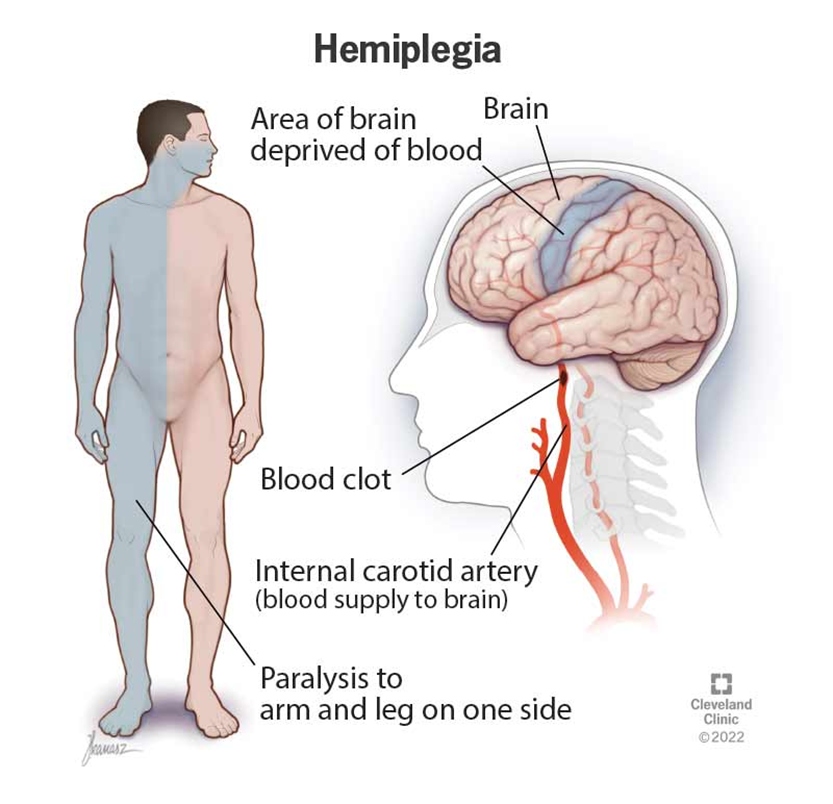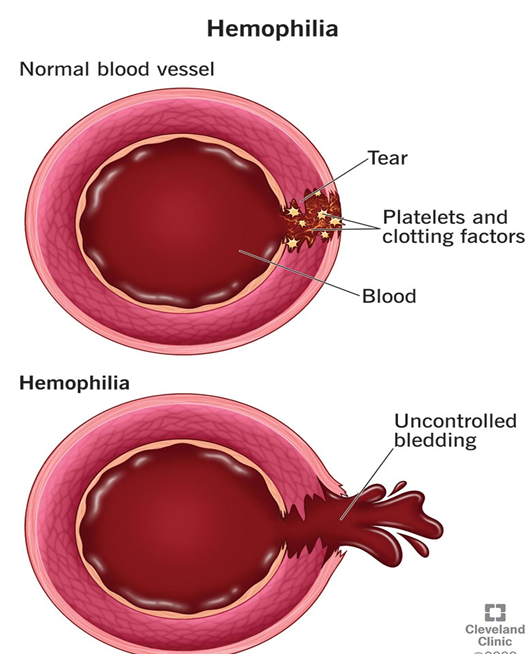Which of the following would be the most appropriate play activity for a 3-year-old in a spica cast, considering both safety and development?
Marbles
Watching a movie
Game of checkers
Playing with a toy telephone
The Correct Answer is D
Choice A reason:
Marbles are not a safe play activity for a 3-year-old in a spica cast. Marbles are small and can pose a choking hazard. Additionally, playing with marbles requires fine motor skills and movement that may be restricted by the cast.
Choice B Reason:
Watching a movie is a safe activity but does not provide developmental benefits. While it can keep the child entertained, it does not engage the child in active play or promote cognitive and motor development.
Choice C Reason:
A game of checkers may be too advanced for a 3-year-old. It requires understanding of rules and strategic thinking, which may be beyond the developmental stage of a child this age. Additionally, it may not be engaging enough to hold the child’s attention.
Choice D Reason:
Playing with a toy telephone is an appropriate activity for a 3-year-old in a spica cast. It is safe and can be done while the child is in a stationary position. This activity encourages imaginative play and can help with language development and social skills.
Nursing Test Bank
Naxlex Comprehensive Predictor Exams
Related Questions
Correct Answer is D
Explanation
Choice A reason:
Releasing traction every hour to perform skin care: Releasing traction every hour is not recommended as it can disrupt the alignment and healing process of the fractured femur. Skin care is important, but it should be performed without compromising the traction setup.
Choice B Reason:
Releasing traction once every 8 hours to check circulation: While checking circulation is crucial, releasing traction every 8 hours is not necessary and can interfere with the therapeutic benefits of traction. Circulation can be monitored without releasing the traction.
Choice C Reason:
Maintaining continuous traction until 1 hour before the scheduled surgery: Continuous traction is essential to maintain the alignment of the fractured femur. However, there is no need to release traction 1 hour before surgery unless specifically instructed by the surgical team.
Choice D Reason:
Maintaining continuous traction and checking the position of traction: This is the most appropriate action. Continuous traction ensures proper alignment and healing of the fractured femur. Regularly checking the position of traction helps prevent complications and ensures the effectiveness of the treatment.

Correct Answer is B
Explanation
Choice A reason:
Basketball, while a popular sport, involves a significant amount of physical contact and the risk of falls and injuries1. For children with hemophilia, engaging in contact sports can increase the risk of bleeding episodes and joint damage. Therefore, basketball is not the most recommended sport for children with hemophilia.
Choice B reason:
Swimming is highly recommended for children with hemophilia because it is a low-impact sport that provides excellent cardiovascular exercise without putting undue stress on the joints. The buoyancy of the water supports the body, reducing the risk of injuries and bleeding episodes. Swimming also helps improve muscle strength and flexibility, which can be beneficial for overall health and well-being.

Choice C reason:
Soccer, like basketball, involves a lot of running, physical contact, and the potential for falls and injuries. These factors make soccer a less suitable sport for children with hemophilia, as it can increase the risk of bleeding and joint damage. Therefore, soccer is not the most recommended sport for children with hemophilia.
Choice D reason:
Skating, whether roller skating or ice skating, carries a risk of falls and injuries. While it can be a fun and enjoyable activity, the potential for accidents makes it less suitable for children with hemophilia. The risk of bleeding episodes and joint damage is higher with activities that involve a significant risk of falls.
Whether you are a student looking to ace your exams or a practicing nurse seeking to enhance your expertise , our nursing education contents will empower you with the confidence and competence to make a difference in the lives of patients and become a respected leader in the healthcare field.
Visit Naxlex, invest in your future and unlock endless possibilities with our unparalleled nursing education contents today
Report Wrong Answer on the Current Question
Do you disagree with the answer? If yes, what is your expected answer? Explain.
Kindly be descriptive with the issue you are facing.
